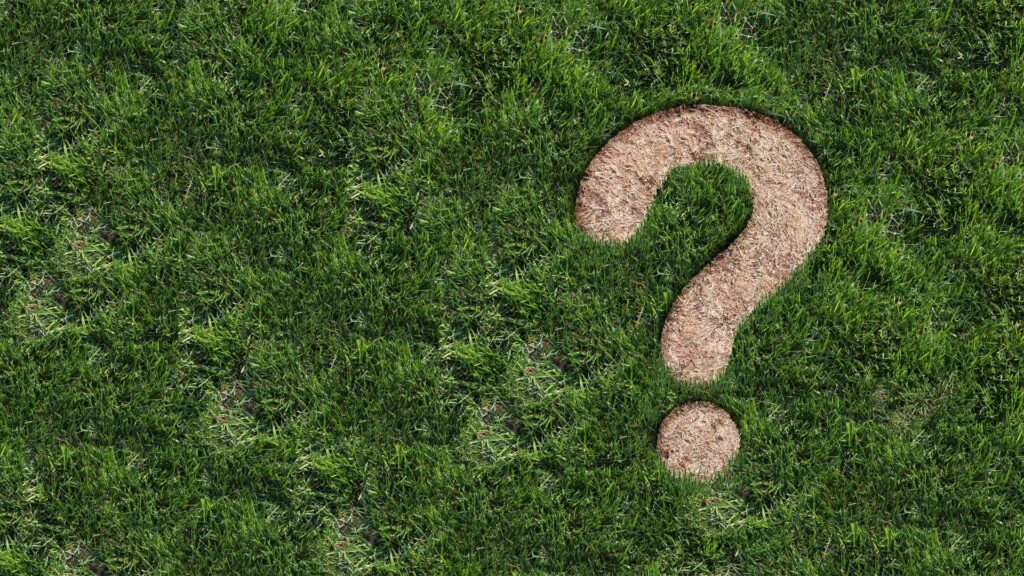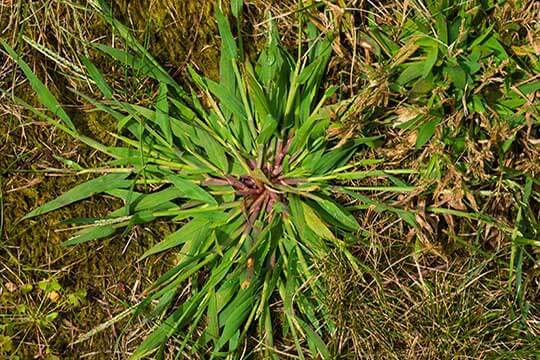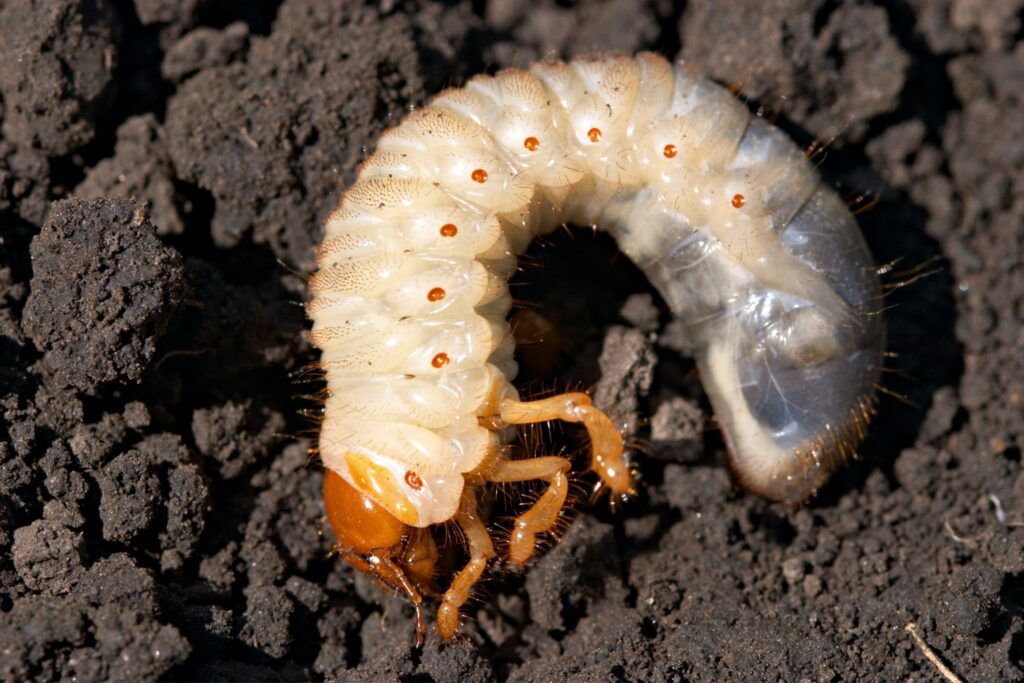Your lawn has seen better days. Yellow or bare patches, reddish-orange spots that look like rust, the presence of insects or small animals, certain problems deserve careful attention to avoid significant and irreversible damage that would force you to completely redo your lawn. Here are the main alarm bells that require quick action:
What to watch out for ?
Yellow patches on your lawn can be caused by many factors, some more serious than others. Since it’s difficult to know the cause without looking closely, you should always be concerned about the appearance of patches on your lawn. It may simply be drought, and a deep watering will restore the situation, but if not, you need to find the source of the problem.
Contact your Nutrite Expert immediately if :
- Circular yellow patches appear on your lawn in hot, dry weather, especially if your lawn is in direct sunlight or on a slope. If these patches grow quickly, bend down and pull apart the dry grass strands and you’ll probably see small black or reddish insects inside: this is the chinch bug. This small biting-sucking insect can cause major damage at high speed if it is not stopped. Your Expert will suggest the appropriate care and you will have to repair the patches where the dead grass will not grow back.
- Large sections of your lawn turn yellow and lift up like a carpet when you pull on it. Grubs have obviously chosen your yard as their home and are voraciously feeding on the roots of your lawn. If they are Japanese beetle larvae, once they emerge from the soil, the adults may also eat the leaves and flowers of your ornamental plants. Another sign that rarely deceives you about the presence of grubs is the increased presence of birds pecking at the lawn and or small rodents digging around for food. Call right away to set up a plan to control and repair your lawn.
- Your lawn does not come out of its dormant state. During hot spells, the lawn protects itself from the heat and drought by concentrating all its energy into the roots at the expense of the above-ground portion, which turns yellow and dries out like straw. This phenomenon is called dormancy and it is a clear advantage that lawn has over other less tolerant ground covers. However, if after a good rain or a few waterings and the return of warmer temperatures your lawn does not regain its green color, there is a problem. Your Nutrite Expert will be able to advise you on the best care for your lawn.
The Nutrite Experts Network’s Lawn Diagnosis Tool can help you identify the cause of your lawn problem so you can take the best possible action to solve it. No lawn is immune to disease or pest attacks, but remember that good maintenance is the key to a durable and healthy lawn:
- Keep your lawn at least 8 cm high during the growing season and make sure your mower blades are well maintained.
- Aerate every year or two to loosen the soil and allow for better air, water and nutrient circulation.
- Improve the structure of your soil with topdressing and build up your lawn with overseeding.
- Water if rainfall is not sufficient to provide the 2.5 cm of water per week that your lawn needs to stay healthy.
- Choose your Lawn Maintenance Package to ensure proper fertilization of your lawn throughout the season and monitoring of your lawn.
Be a good ally of the Nutrite Expert Network and report any worrisome changes to your lawn right away. If caught in time and in the right way, it is often possible to fix the problem and make your lawn look like new again. It will be ready for your next family picnic or your youngest children’s soccer game.




